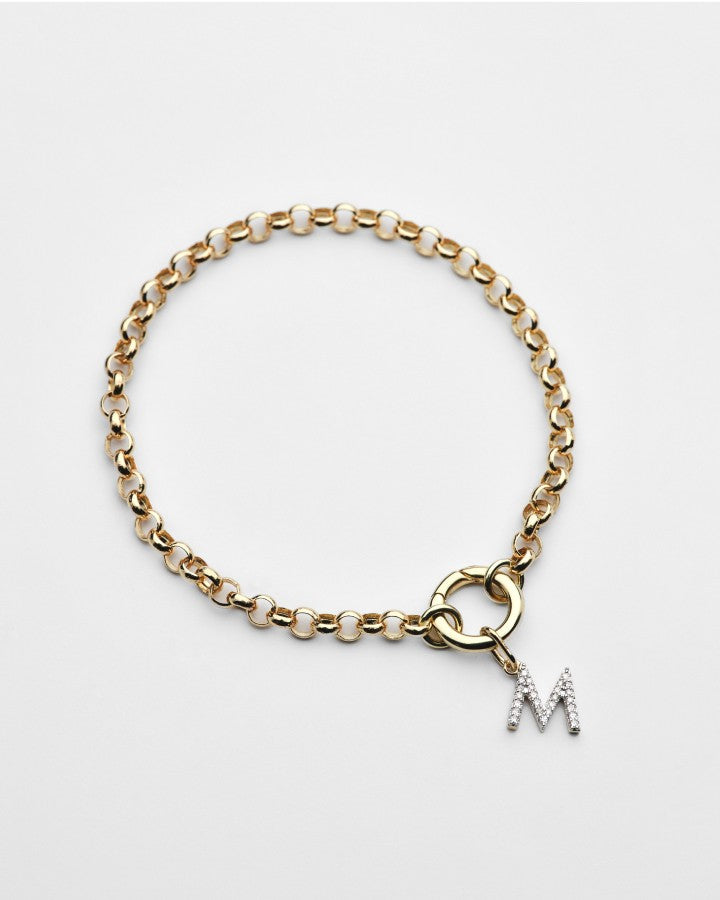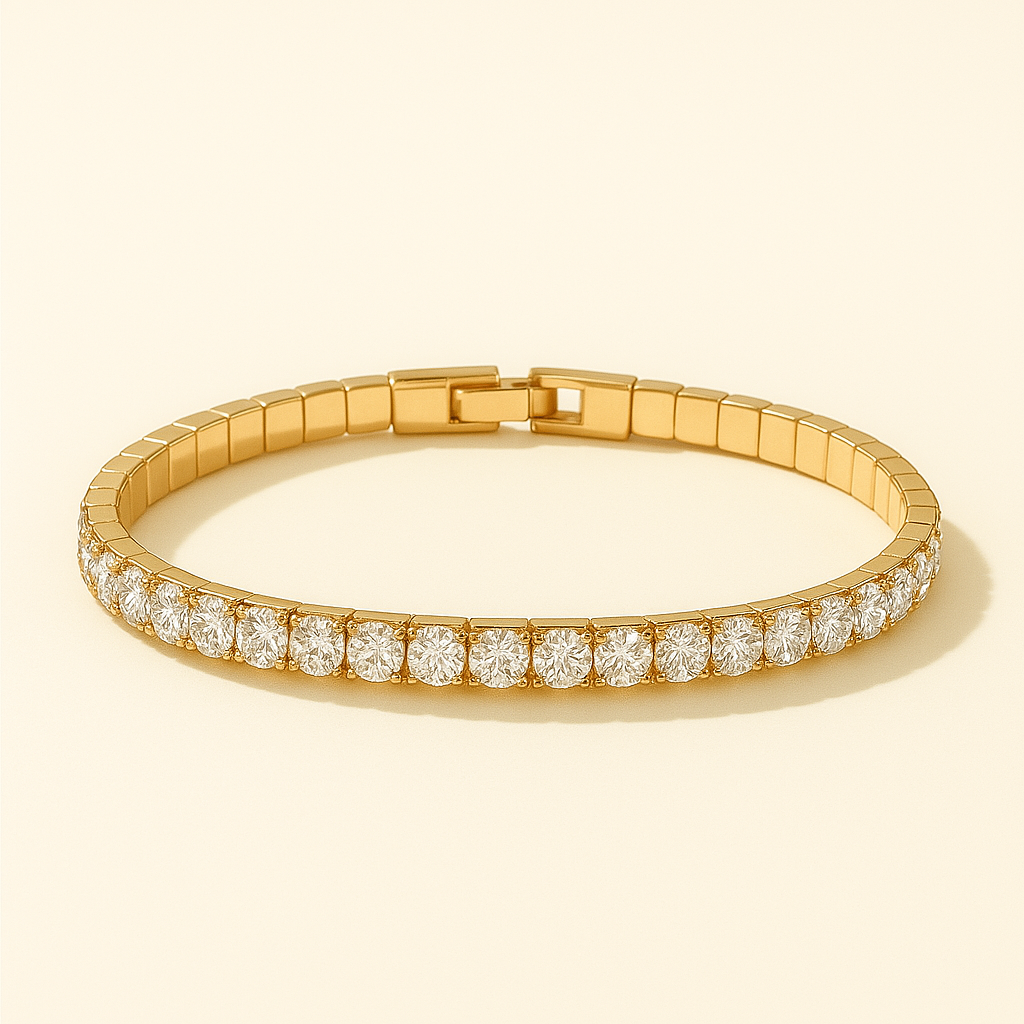Understanding the materials is crucial when choosing jewelry. This guide will clarify the distinctions between gold-filled and gold-plated jewelry and provide insights into solid gold, gold vermeil, and more.
Gold Filled vs Gold-Plated Jewellery
| Feature | Gold Filled | Gold Plated |
| Definition | A thick layer of gold bonded to a base metal (usually brass) | A very thin layer of gold applied to a base metal |
| Gold Content | At least 5% gold by weight | Varies; often less than 0.05% |
| Durability | More durable, resists tarnishing | Durable |
| Hypoallergenic | Less likely to irritate sensitive skin | Less likely to irritate sensitive skin |
| Maintenance | Can be cleaned and lasts years with care | Requires careful handling; easily damaged |
| Sustainability | Can be recycled; longer lifespan | Short lifespan; less sustainable |
| Cost | More expensive than gold plated but less than solid gold | Most affordable option |
What is Gold-Filled Jewelry?
Gold filled jewelry is created by bonding a substantial layer of gold to a base metal, typically brass. This layer must constitute at least 5% of the total weight, ensuring a more durable product compared to gold plated alternatives. Gold filled items can last for years if properly maintained, making them suitable for everyday wear.
What is Gold Plated Jewelry?
Gold plated jewelry features a thin layer of gold applied over a base metal. This layer is not regulated, leading to variations in thickness, which can be as thin as 0.175 microns. Due to this minimal coverage, gold plated items tend to tarnish and wear off quickly, making them more suitable for occasional wear rather than daily use.
Solid Gold vs Gold Filled vs Gold Plated vs Gold Vermeil Jewelry
| Feature | Solid Gold | Gold Filled | Gold Plated | Gold Vermeil |
| Composition | Made entirely of gold or gold alloy | 5% gold bonded to a base metal | Thin gold layer on a base metal | Gold over sterling silver |
| Durability | Highly durable; won’t tarnish | Durable, resists tarnishing | Durable | Moderate durability; wears off over time |
| Value Retention | Retains value over time | Does not hold value | Least value retention | Moderate value retention |
| Sustainability | Fully recyclable | Can be recycled | Limited recyclability | Not recyclable |
Conclusion
Choosing the right type of jewelry depends on your needs, budget, and lifestyle. Gold-filled jewelry offers a balance between affordability and durability, while gold-plated jewelry is a more economical choice but less enduring. For long-lasting investment pieces, solid gold remains the best option, although gold vermeil provides a middle ground with its sterling silver base. Understanding these differences ensures you make an informed decision for your jewelry collection.
FAQ
Q1: What is the difference between gold-filled and gold-plated jewelry?
Gold-filled jewelry has a thick layer of gold (at least 5% by weight) bonded to a base metal, making it more durable and tarnish-resistant. Gold-plated jewelry uses a very thin layer of gold, which wears off quickly and is less durable.
Q2: Is gold-filled jewelry better than gold-plated?
Yes, gold-filled jewelry is more durable, lasts longer, and resists tarnishing better than gold-plated jewelry, making it suitable for daily wear.
Q3: What is solid gold jewelry?
Solid gold jewelry is made entirely of gold or gold alloy, making it highly durable, tarnish-free, and an excellent value-retaining option.
Q4: What is gold vermeil jewelry?
Gold vermeil jewelry features a thick layer of gold over sterling silver, offering a middle ground between durability and affordability.
Q5: Which type of gold jewelry is best for sensitive skin?
Gold-filled and gold vermeil jewelry are hypoallergenic and suitable for sensitive skin, provided they are nickel-free.
Q6: How should gold-filled and gold-plated jewelry be maintained?
Clean gold-filled jewelry regularly and store it properly for years of use. Handle gold-plated jewelry carefully, as it is prone to scratches and tarnishing.



